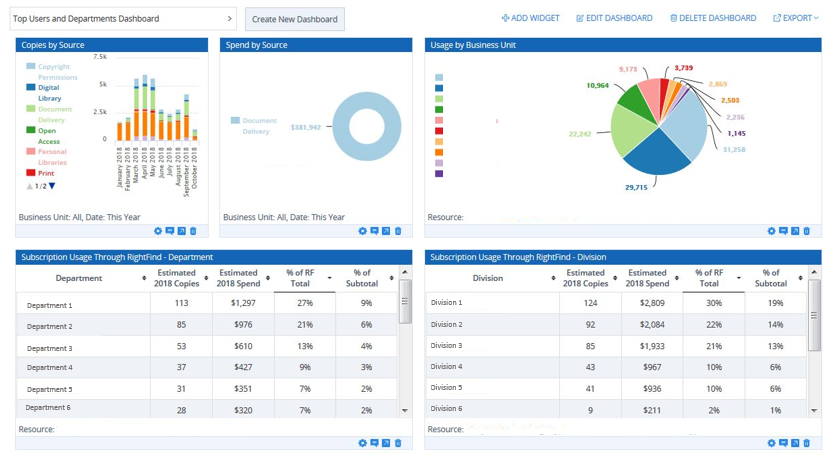The following is an excerpt from our white paper, Tips to Raise the Strategic Profile of Your Information Center.
For information professionals looking to demonstrate the value of your information center, it’s not enough to simply provide content and expect the organization to know how and where to access it. Exposing new tools and resources to a wide range of potential users across the company is necessary not only to maximize the value of content, but also to gain information services advocates.
As you begin to implement new tools, you must ask yourself:
- How do we find new users?
- How do we demonstrate the value of these new tools?
We took these questions into consideration when creating the strategy for our scientific information center. Here’s a look at what we’ve done, and the results we’ve seen:
First, Create a Robust Training Plan
Our idea for a robust and flexible training plan evolved into a training strategy for the Scientific Information function. The plan and strategy consisted of core trainings that would develop the competencies of all users, ranging from beginner, intermediate and expert level sessions. These progressive trainings ensured users could improve their confidence in using the platform and become strong advocates for it.
We made a training calendar accessible to all employees within the organization, which allowed interested users to register for a training and automatically be placed into a training session. In addition, we worked proactively to identify any cases where additional training would be beneficial, and worked to create custom training on a one-to-one basis to ensure they had the correct levels of support.
Next, Identify New Potential Users
We identified new users through the following means:
- New hire lists
- Ad hoc phone calls
- Investigation of wider teams
To support these core training offerings, we produced newsletters which we sent to the organization via distribution lists. These email newsletters increased visibility of the training sessions and provided information regarding product updates, prompting further interest.
Doing this somewhat exploratory work demonstrated the interest in the tool worldwide, and demonstrated improved visibility for our tools, and the work of the wider Scientific Information team, causing the scale up of sessions worldwide to support RightFind in becoming a globally-used resource.
Then, Monitor the Results
As a response to the core training offering, we monitored usage to determine a potential correlation between user training and use. We saw usage had increased 2% month-over-month across all teams across the organization.
So, to further maximize the impact of the training sessions, we utilized RightFind Business Intelligence data to determine which teams across the organization were increasing in volume of use, and which others were emerging users. This data allowed us to successfully identify those teams, areas and groups that needed further training and support.

How do we know this training has been a success? To date, the user training and support strategy has spanned 2,500 employees across 35 countries as culturally diverse as India, Brazil, China and Australia, and continues to support the content ROI across the organization. In this respect, the Scientific Information function is continuing to lead the way in training efforts and reaching out to end users.
White Paper: Tips to Raise the Strategic Profile of Your Information Center
Related Reading:


